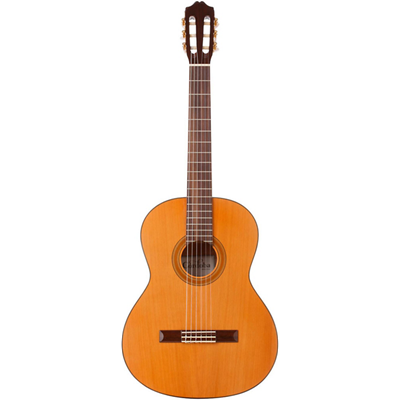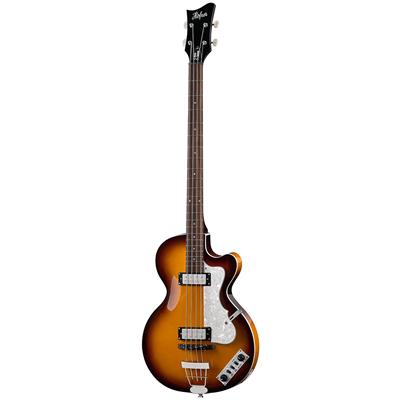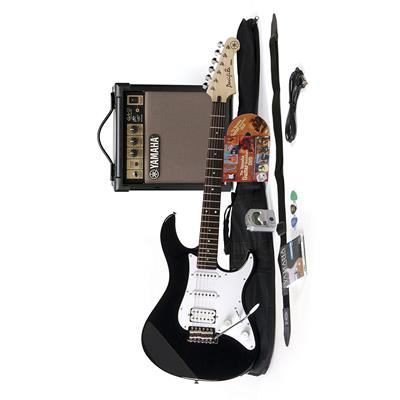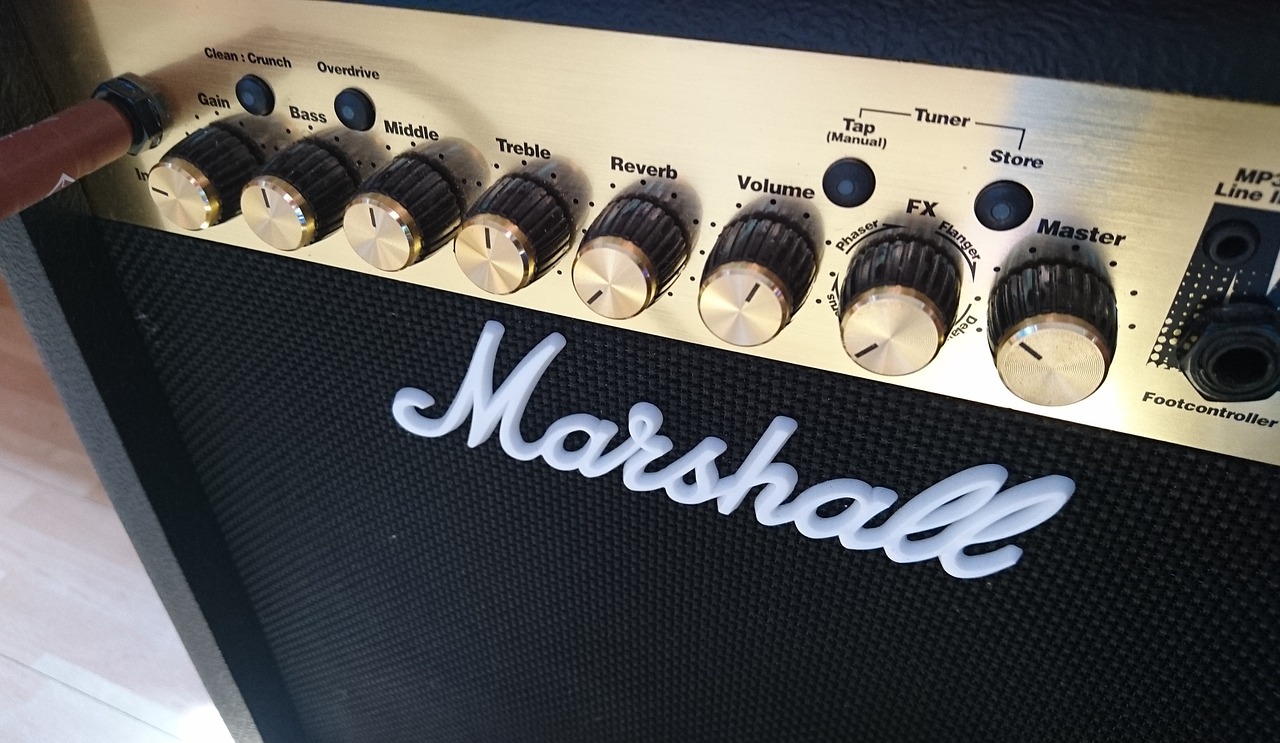At times, the process of purchasing musical equipment can give rise to a sense of spending excessively without reaping significant benefits. With the constant influx of new devices introduced by various brands, one begins to question the value they truly bring. All those promising headlines with attractive offers mess with your mind and create a tangled ball of different ideas. It becomes harder to figure out what to choose or should you choose at all. With great versatility comes great responsibility. From my experience, you will never know for sure unless you take a risk.
I remember my first keyboard amplifier. It took me weeks to do proper research and come up with a final decision. The only thing that made this process easier was the experience of other musicians. I read and reread articles that reviewed different brands more or less objectively. It helped me form a general idea and create a brief outline of my requirements. If you are anything like my younger self and are confused just like me, this article will help you choose the best keyboard amplifier for your needs.
What’s The Best Keyboard Amp
| Image | Amplifier Model | ||
|---|---|---|---|
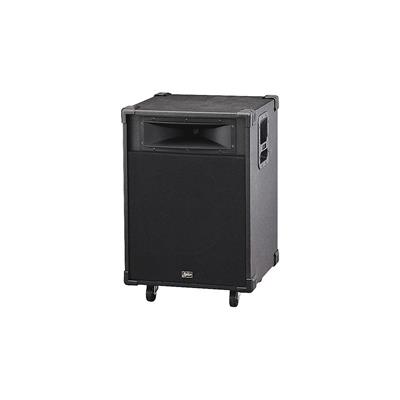 | Leslie 2121 |  (4.8 / 5) (4.8 / 5) | Check on Amazon |
 | Roland 3-channel Mixing Keyboard Amplifier, 50 watt |  (4.8 / 5) (4.8 / 5) | Check on Amazon |
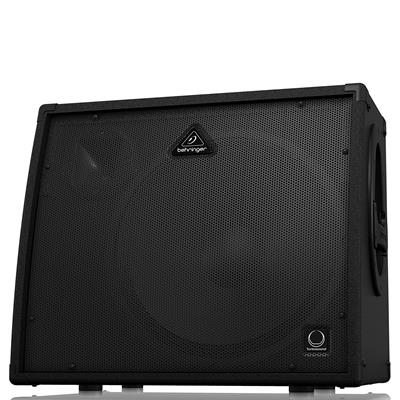 | BEHRINGER ULTRATONE KXD15 |  (4.7 / 5) (4.7 / 5) | Check on Amazon |
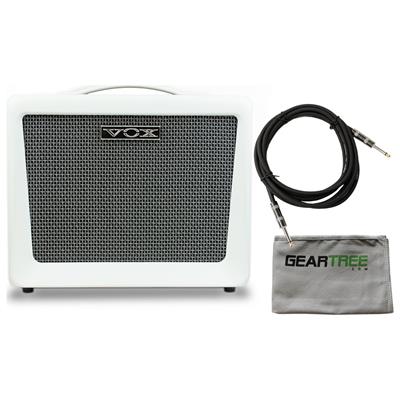 | Vox VX50KB |  (4.7 / 5) (4.7 / 5) | Check on Amazon |
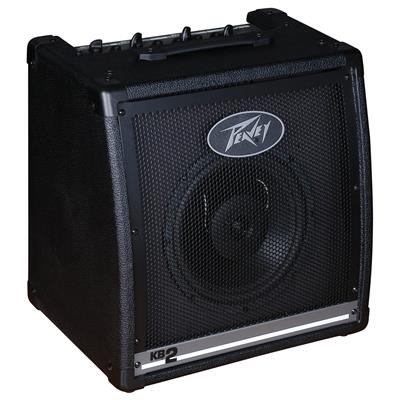 | Peavey KB 2 |  (4.6 / 5) (4.6 / 5) | Check on Amazon |
Leslie 2121 Keyboard Amplifier

The Leslie 2121 keyboard amplifier is one of the few Leslie speakers that does not have any rotating parts or digital animation. It is a high-powered Mono Keyboard amplifier with 150 Watts, Radial Horn, and 15 Woofer. Leslie 2121 is the other half of the Leslie “21” System and shows its maximum capacity when used with Leslie 2101 mk2. This keyboard amp is definitely good for live performances and has a strong, pure sound due to the lack of rotating elements.
Leslie keyboard amplifiers are generally connected to the Hammond organ, but you can use them with a variety of instruments or even vocals. Leslie 2121 features a user-friendly three-channel mixer with basic EQ capabilities. Additionally, it provides essential controls like a master volume knob, as well as bass and treble knobs, ensuring complete control over your sound. With its ability to capture various frequencies, the Leslie 2121 produces exceptional tones.
Pros:
- Outstanding bass response and trebles
- Has unique character due to the non-rotary speaker system
- Works well with numerous sonic devices
- Amazing sound quality and spectrum
Cons:
- A bit pricey
Roland 3-channel Mixing Keyboard Amplifier, 50 watt
| Features: |  |
| Controls: |  |
| Sound: |  |
| Value: |  |
| Average: |  |

If you can’t afford the renowned Leslie system, it doesn’t mean you’re screwed and you have to say no to the keyboard amplifier. There are more affordable models out there and they might not be as prominent, but they surely do their job perfectly. Roland KC-80 is an updated version of the previous KC-60 and offers even more scrupulous features. Even though it has only 50 watts, it’s still powerful enough to handle small gigs, practices, or studio recordings. This bad boy has a two-way speaker system with a 10” woofer and a tweeter. This is supposed to improve its sonic quality and deliver fuller low-end.
And while listening to the sound, you definitely notice just how rich and saturated the basses are here. It doesn’t mean that highs are struggling – in fact, they are also pretty defined and can easily cut through any mix. KC-80 has three channels with individual inputs, as well as an XLR input for the mic, aux, and RCA inputs for your phones or stereo devices. Even though this puppy might seem a bit expensive compared to similar models, it’s one of the best keyboard amps without question.
Pros:
- Thick and rich bass
- Remains clean even at higher volumes
- Wonderful overdrive
Cons:
- A bit expensive compared to similar models
BEHRINGER ULTRATONE KXD15

BEHRINGER ULTRATONE KXD15 is a versatile keyboard and drum amplifier. It offers 600 Watts of digital output, 4 individual stereo channels with separate Volume and FX Send controls, and an additional XLR input (in case you want to connect a dynamic microphone directly). BEHRINGER ULTRATONE KXD15 drives each woofer and tweeter with separate amplifiers, which guarantees maximum signal integrity. What makes it different from other keyboard amplifiers is its effects system.
You can create reverb, chorus, pitch shift, flange, delay, and many other effects with this amp. Plus, it gives you a feedback-free performance, since it can detect multiple frequencies really quickly. Now, the sound it produces is very powerful, pure, and does not have distortion or strain. The BEHRINGER ULTRATONE KXD15 is a keyboard amplifier that delivers a remarkable blend of warmth and depth, enhancing the lows in a pleasing manner. In fact, I confidently consider it to be the finest keyboard amplifier available for under $300.
Pros:
- Budget-friendly
- Outstanding sound quality and power capacity
- Versatile features and options
- Various connections to pair with other devices
Cons:
- Switching between effects presets can be time-consuming
Vox VX50KB 50 Watt Compact Keyboard Amplifier

The Vox VX50 KB is a very portable, compact, and lightweight keyboard amplifier that has 50 watts of output power. It is equipped with Nutube pre-amp, which delivers a tube-like sound. This amp has three channels (including a Line or Microphone) and an EQ that provides full control of the sound. Plus, it has volume control for each channel and can be used as a PA system as well. Vox VX50 KB has a unique bass reflex structure and produces very clear high notes with a touch of rich low-frequency reproduction. This amp has a surprising sound for its size and price, which is a good addition to all other features. Even though it will not break windows in a huge venue, it is very handy for home practices and can be used as a monitor amp on stage.
Pros:
- USB connectivity and Fender Fuse software
- Great-sounding amp models and effects
- Delivers the signature Fender tone
Cons:
- Scrolling through presets can be a bit time consuming
- Very basic manual that is not very helpful
Peavey KB 2 50 Watt Keyboard Amplifier 3-Channel Combo Amp

If you have spent some time in the music industry, you would have probably heard the name, Peavey. It is one of the most trusted brands, which offers a very compact and lightweight keyboard amplifier – Peavey KB 2. It has 50 watts, 4 separate channels equipped with knobs to control the sound. Channel 1 and 2 have two-band EQs, while channel 3 has a three-band EQ. It also has an XLR for your microphones. The quality of the sound is outstanding. It has no distortion even when used at maximum capacity.
It has beautiful highs and rich lows, as well as deep bass. Considering the price, Peavey KB 2 is probably the best offer. It does not have overcomplicated features and is quite easy to use. This amp cannot handle a huge crowd and is best used for solo performances or in small environments. Just like other amplifiers, Peavey Kb 2 may be utilized as PA or a stage monitor. So if you are looking for a simple but qualitative amplifier, which will be reliable and will deliver great and pure sound, Peavey KB 2 is the one.
Pros:
- Sturdy chassis and knobs, built-to-last
- Dynamic frequency range
- Can be used with multiple instruments
- Quite loud for its size and capabilities
Cons:
- A bit heavy
- Can have slight hiss before you start playing
Conclusion
Here are the best keyboard amps you can find on the market today and all of them offer great sound and options. Depending on your demands such as wattage, speaker size, and so on, no matter which one you choose, it will sound great.


